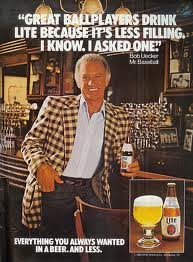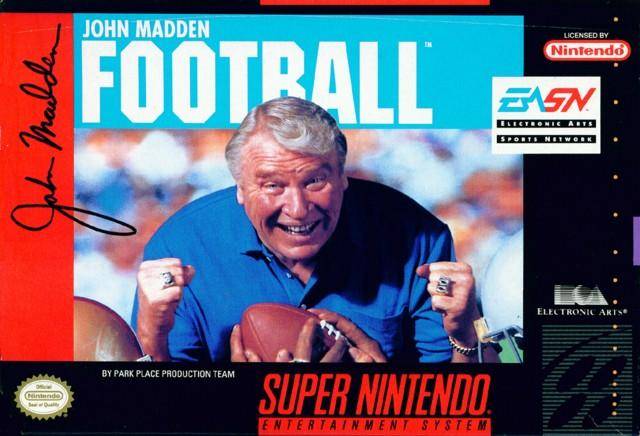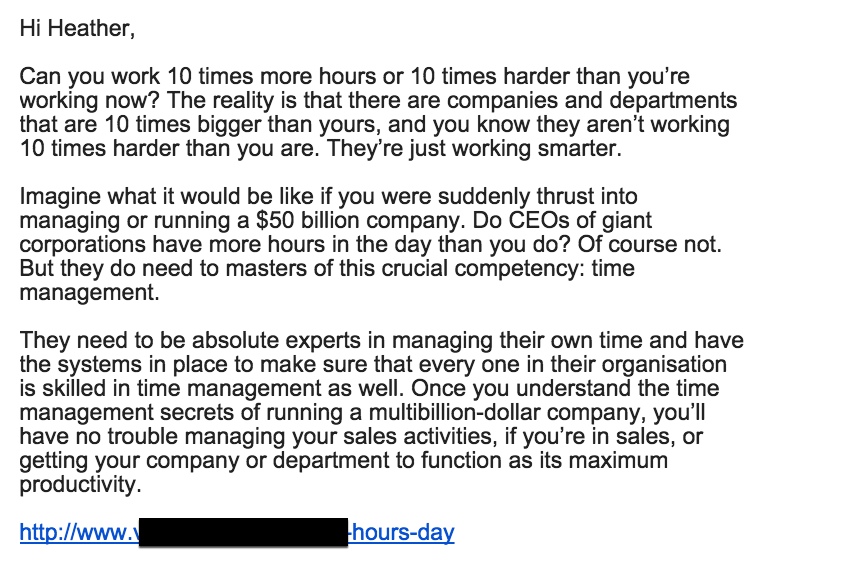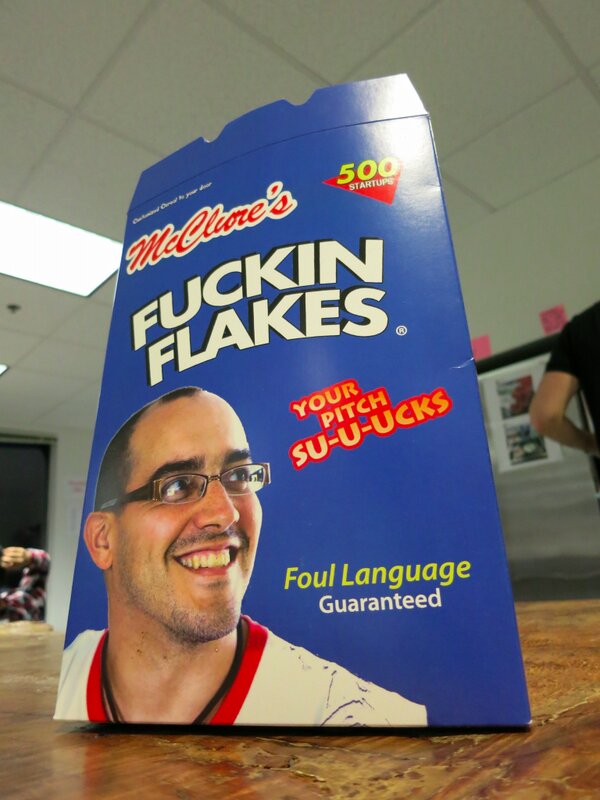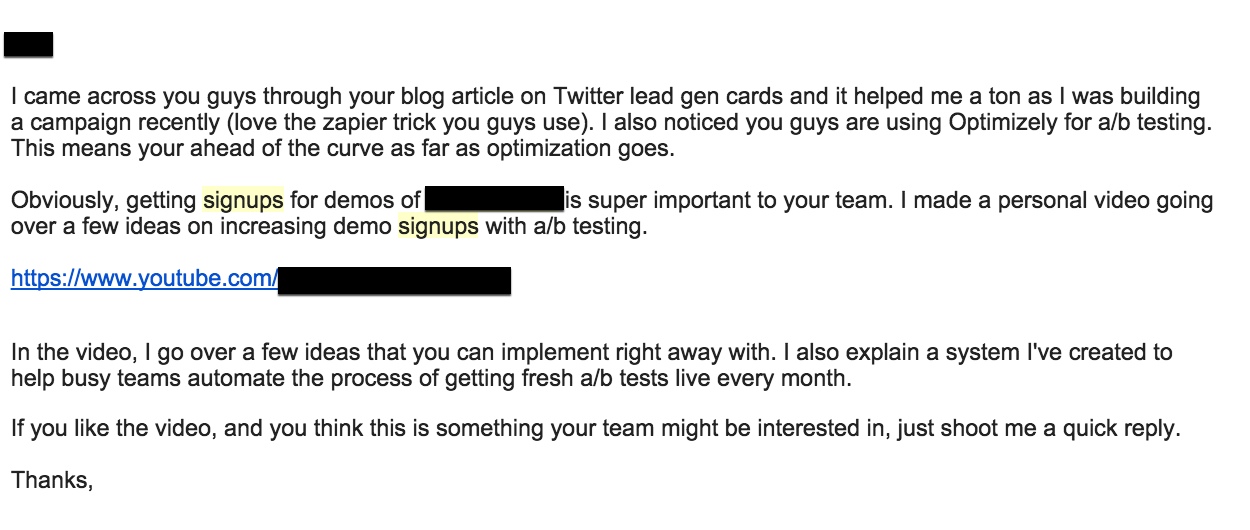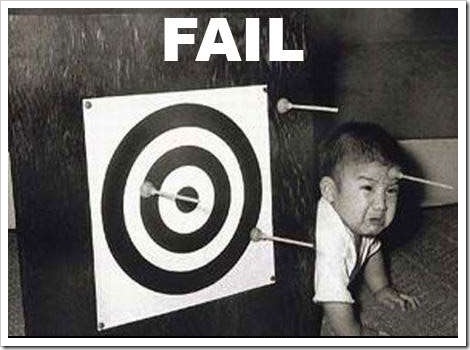I recently met Keith Cutler, the principal of KC Marketing Group LLC a few months ago in New York at a sales conference we both sat on the panel of. I was especially impressed with Keith’s insights and wide range of sales and marketing experiences, and so I asked him for an interview.
Keith works closely with companies to fine-tune their brand positioning and messaging, recruit top talent, and generate revenue through integrated marketing platforms and strategic partnerships. During his 25+ years in sports marketing/media, Cutler has held senior positions at USA TODAY, Turner Sports and CBS. Keith Cutler is also an executive recruiter for MiCa Sports Executive Search, and is able to tap into his vast network to recruit top-tier talent.
In addition, Keith Cutler is an instructor at General Assembly (a school for tech/design entrepreneurs), teaching his unique brand of business development called “Sales Bootcamp: The Art of The Pitch”.
HEATHER: What was the most effective sales or marketing campaign you’ve ever seen and why?
KEITH: Probably a campaign that I worked on in the 80’s for Miller Lite, the #1 light beer. Their slogan was: “Tastes Great, Less Filling.” This remarkable one-liner created the light beer category, and vaulted Miller Lite to #1 (#2) in brand sales along with the Budweiser brand.
So Miller had bought a diet beer, but no guy wanted to drink a diet beer. They tried to get men to drink it, and they wouldn’t. This campaign worked because taste was important, and the psychology was, if it’s less filling, you can drink more Miller Lite.
We used former athletes to push the campaign. My goal was to create as many marketing programs with these former athletes and celebs (known as “Miller Lite All-Stars”) as possible, and the overall national campaign was a juxtaposition where “these big guys show their softer side.” We made sure we covered all major athletes in all major sports across all regions of the country, and we promoted these athletes mostly in the regions where they were known, unless they were national figures. We brought them to key Miller Lite point of sale locations—e.g. bars, restaurants, supermarkets, etc.—we also took them to tailgate parties and other events to autograph cases of beer, and the fans went nuts and bought more beer than ever.
HEATHER: How did you get these athletes to endorse this campaign?
KEITH: It was a joint effort, but really it was a good endorsement deal that (upon their retirement from pro sports) made most of them even more famous. Take John Madden for example. He was one of our spokesmen then. Today, he’s even more popular as a TV/football analyst and is the name/face of one of the most popular sports videogames—back in the 80’s he was a very successful coach, but the Miller Lite campaign vaulted him to greater popularity as a corporate spokesman. Once a guy retires from professional sports, he’s mostly forgotten. Any realistic athlete understands this, so what we did was expand their career in the limelight, and these guys loved it.
HEATHER: What are the most common mistakes companies make with their sales messaging?
KEITH: Probably when companies focus more on themselves, their origin and leadership rather than why they’re there, what the customer needs and why the customer should care. I see many pitches that say “we have XYZ product, and this was created by my great leader/guru,” and they keep going with that. Instead, they should be telling customers what they have, why I need it, what benefits are in it for my company, and just get to the point.
Thinking that you (or your company) are more important than your prospects (or customers) is a huge mistake.
HEATHER: How do you think sales has changed in the last 10 years?
KEITH: Technology. Yes, now there’s multiple ways to connect to a customer, and multiple ways for a customer to connect to you. But technology has become both a blessing and a curse; just as there are more ways to connect, there are now more ways for them to ignore you.
Today business is remote, and too many of our business interactions occur by twitter, text and social. With all these channels, it’s really easy for your message to get lost in the noise and for (prospective) customers to ignore you.
HEATHER: So how do you deal with these communication changes?
KEITH: Technology means things are done less in person, so it can be more efficient, but you can easily get lost in a sea of digital noise. You have to find the most effective way to communicate with each person. It could be a generational or cultural thing, but you need to try to find out how each prospect prefers to be communicated to, and by which means. If I don’t have a sense, I will just call them.
HEATHER: I think most people leverage technology in the wrong way and forget that their sales message still needs to be personal and feel human. When I write my cold email campaigns for clients I always use the kind of language that you’d use in a letter to a relative or friend. Obviously I make things more formal and appropriate as needed, but it’s important to use first person communication and focus on the person you’re emailing more than yourself as much as possible.
KEITH: Absolutely. That’s the good thing about social—there’s a lot of information about prospective clients out there—if you can just find one common connection (not necessarily a mutual connection) you’re ahead. Even something like noticing that your colleges were in the same region of the U.S. or sports conference, even that can offer a bridge. I used to live in SF, so when I talk to people in the Bay Area, I might say “Is restaurant XYZ still on Van Ness?” If you do your research, you can breakdown the barrier, and get prospects more interested in spending a few minutes with you.
HEATHER: What are a few things salespeople can do to improve their sales pitch?
KEITH:
- Take I and me out of your sales pitch, and make it all about your customer.
- Make the pitch short and simple. Time is your customer’s most valuable currency. You only have a few minutes to get to the point and quickly address their needs. If you can do this, they’re in. If you’re pitching me, I usually don’t care about you, your leader or company origin (unless any of those are relevant to me, or what I need from you)—I mostly care about how you’re going to help me, and that you can do it quickly. If you do this, you’ve won my interest and my time, and now you can try to win my trust.
- Tailor your message to your medium.” That means focusing your message on your audience—make it relevant.
- Sales storytelling is not one-size fits all. If you have a compelling story, don’t bury the lede! You can reinforce your main point, and might be able to use it as a hook if it is relevant to your sales pitch. But just because you have a story doesn’t mean you should tell it to everyone either. Tailor your message to your audience and focus on their pain points.


